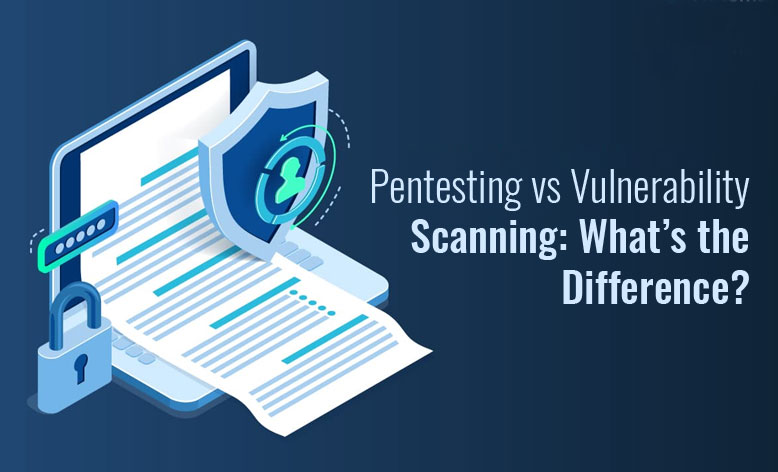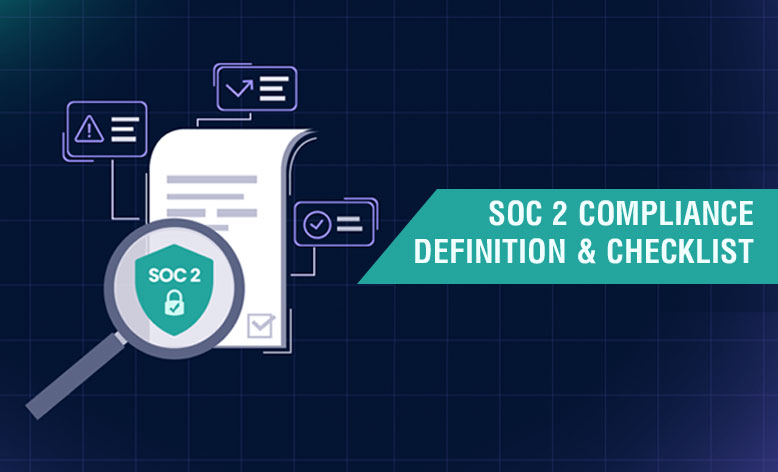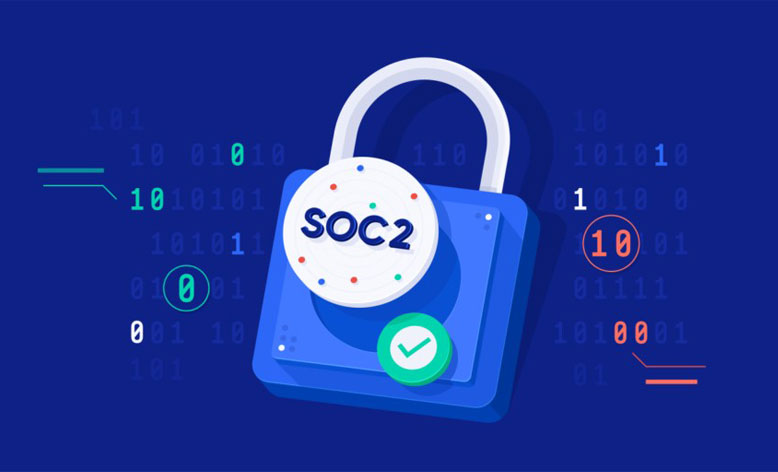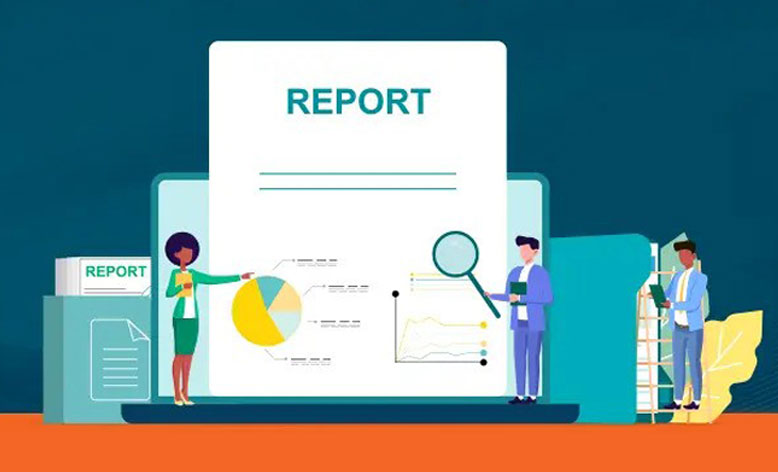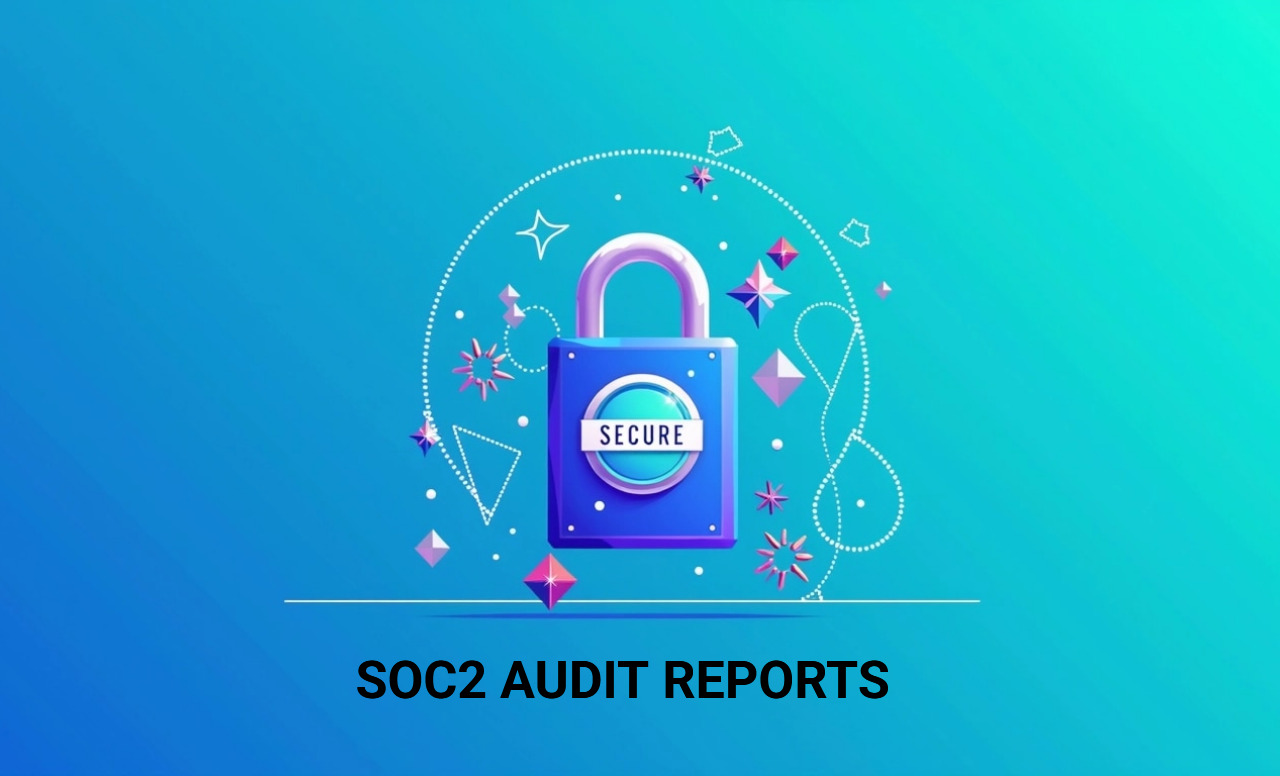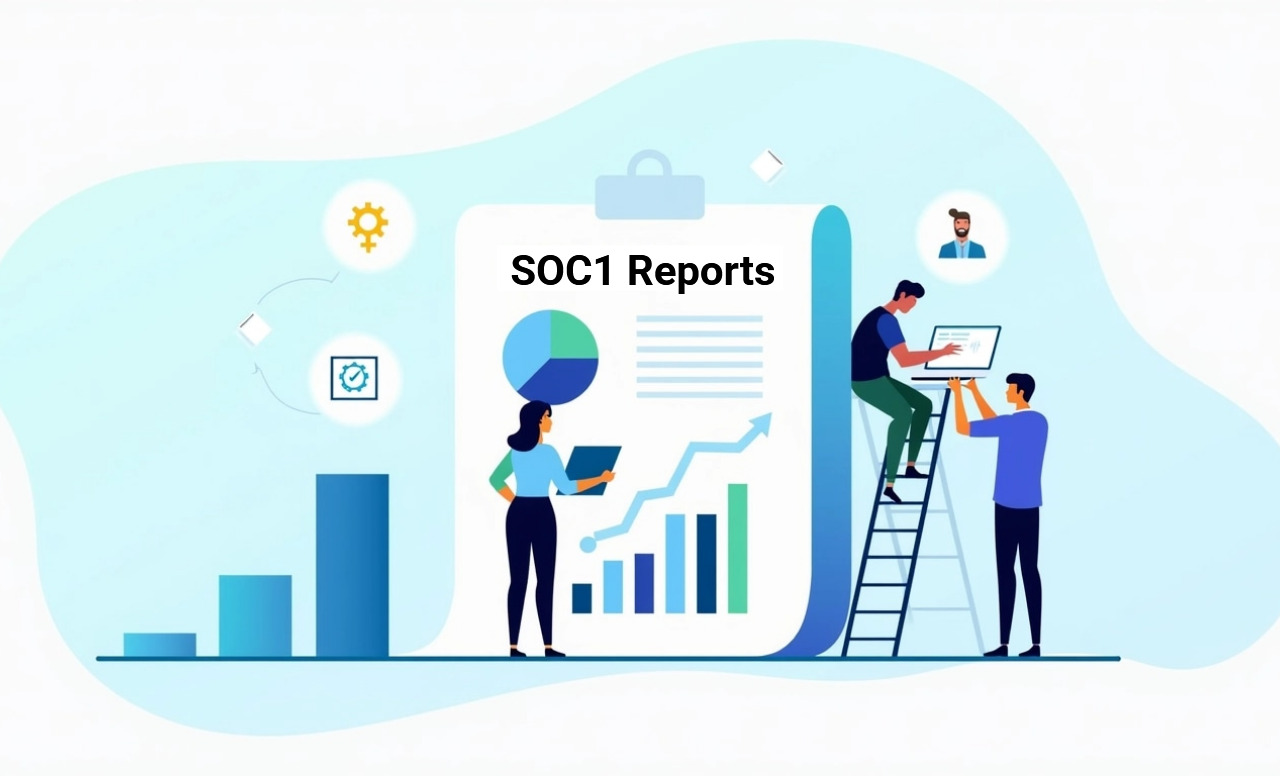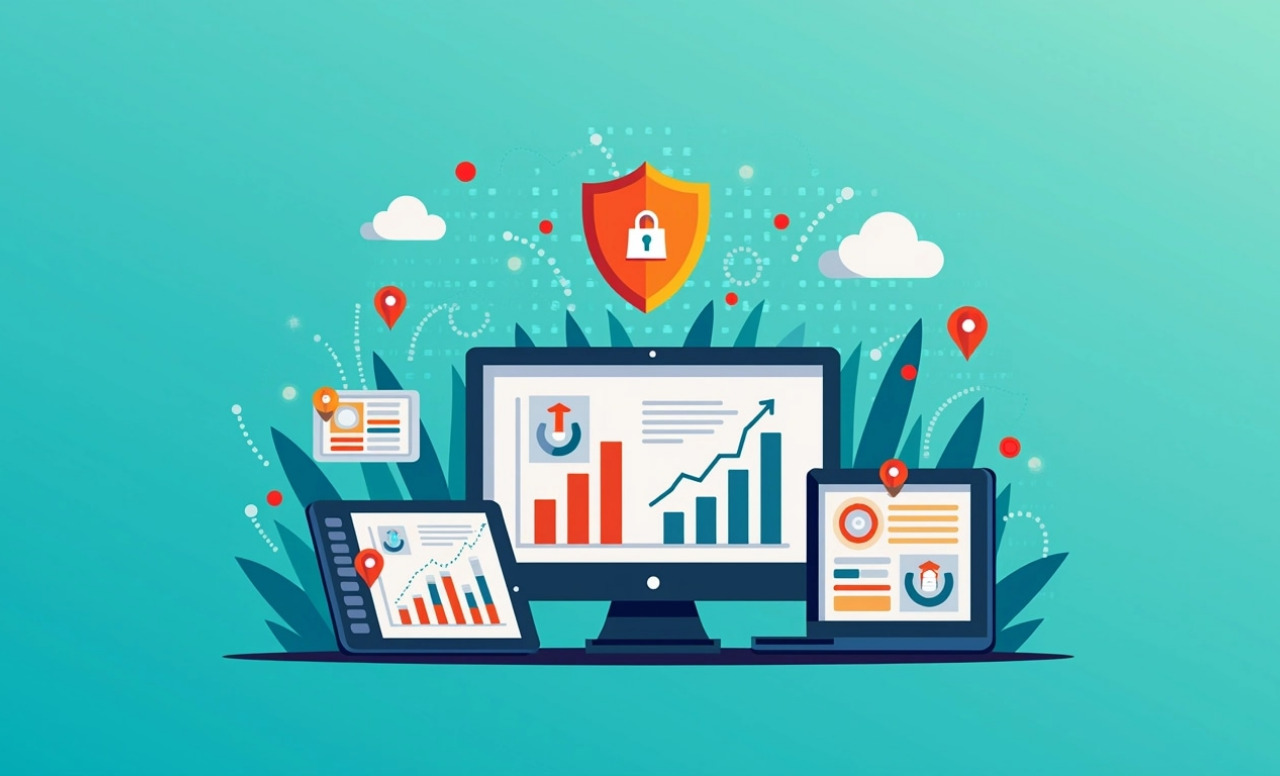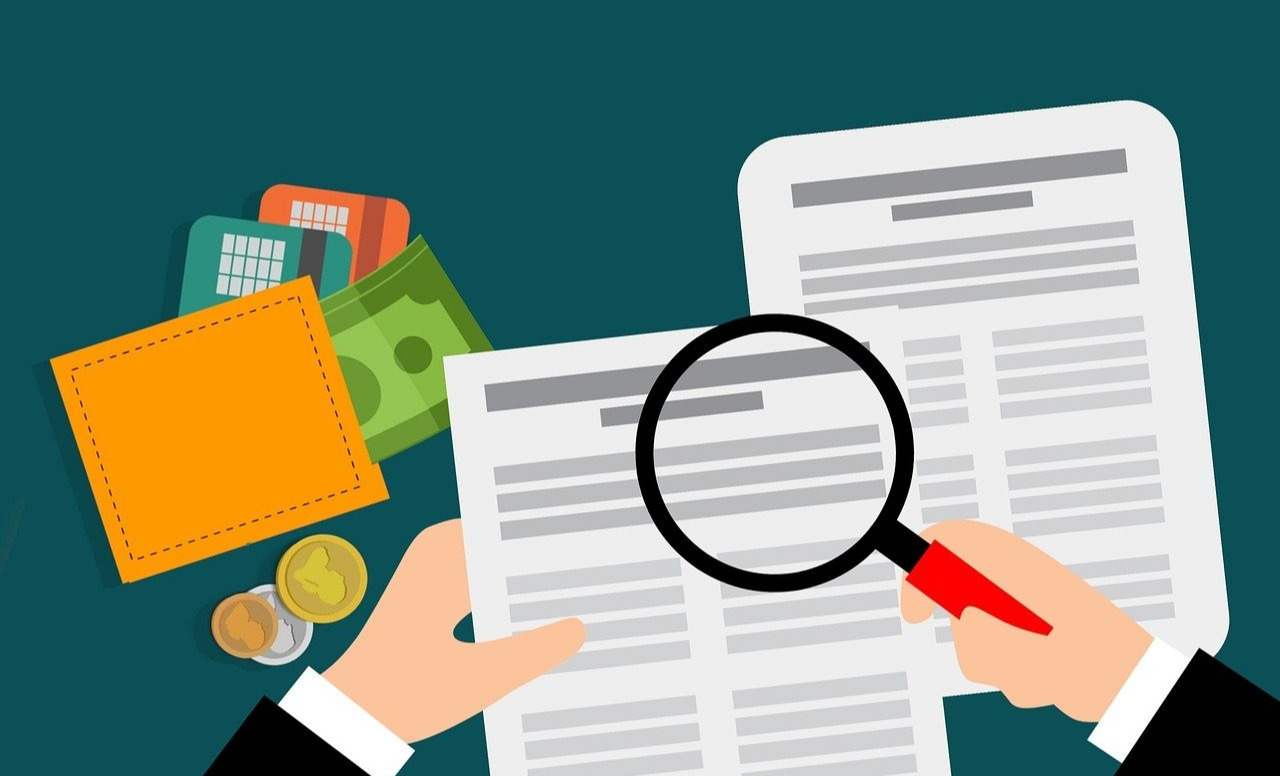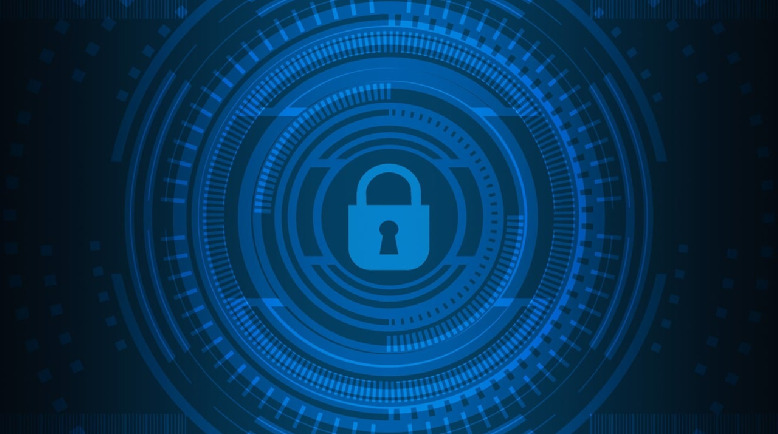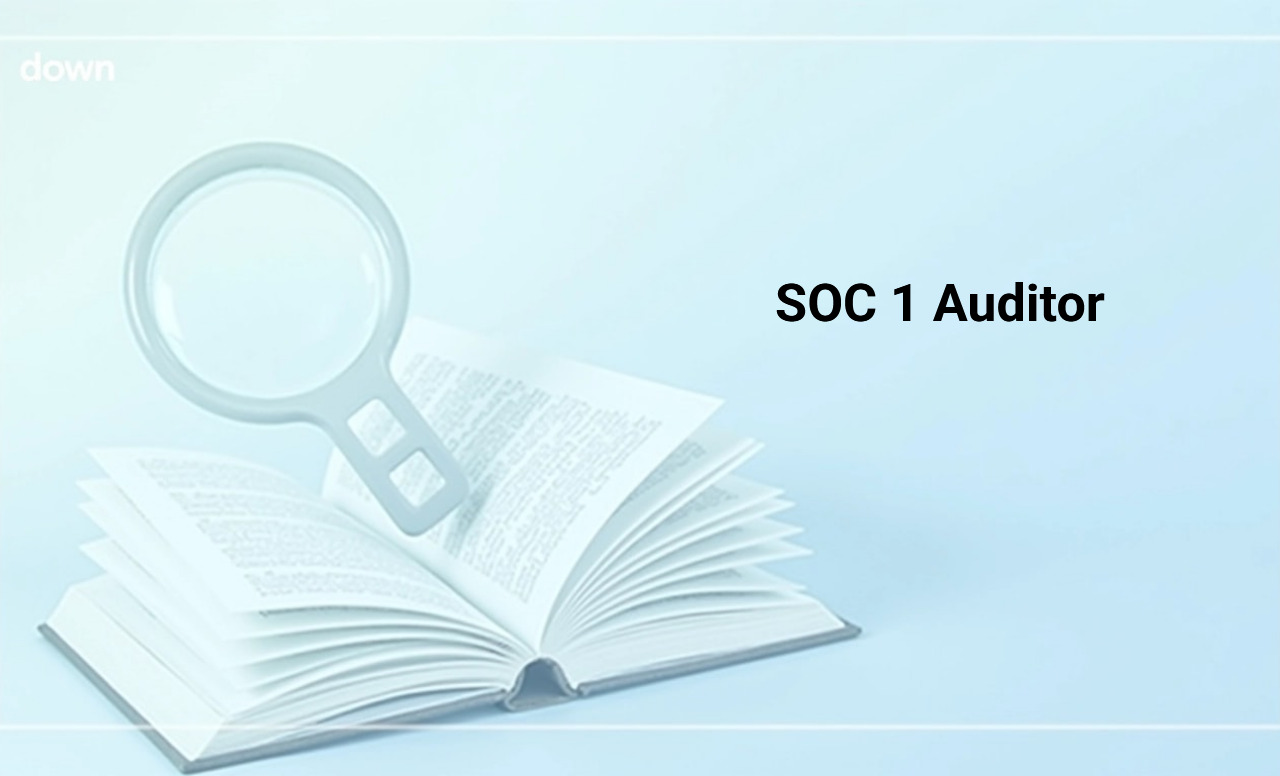One must understand cyber security tools to safeguard digital assets. Pentesting and vulnerability scanning are two common methods offered by VAPT services in US. Each method serves a different purpose. Choosing the right one requires understanding their differences. What Is Pentesting? Pentestingis about penetration testing. Ethical hackers dopen testing. They use advanced techniques to exploit weaknesses. The process mimics actual attacks, providing deep insights into system security. Pentesting includes various methods like manual testing. Automated tools also assist in identifying critical flaws. The ultimate goal is to measure the resistance to breaches. What Is Vulnerability Scanning? VAPT services in US use automated tools to scan systems for known issues. The process focuses on detecting misconfigurations or outdated software. Vulnerability scanners provide reports with detailed lists of detected flaws.Unlike pentesting, this process does not involve active exploitation. Pentesting v/s Vulnerability Scanning Depth of Analysis Pentesting dives deep into system security. Vulnerability scanning provides a broader but less detailed view of risks. Human Involvement Pentesting requires skilled ethical hackers. Vulnerability scanning relies on automated tools for analysis. Frequency Organizations perform pentesting periodically. Vulnerability scanning occurs regularly to ensure ongoing security. Reporting Pentesting provides detailed reports on exploited vulnerabilities. Scanning reports highlight issues with recommendations for fixes. Which Should You Choose? Organizations must decide based on their security goals. Pentesting is ideal for identifying unknown vulnerabilities. It suits businesses needing a detailed analysis of system resilience. Vulnerability scanning is better for routine security checks. It ensures compliance and prevents common attacks. Combining both approaches ensures comprehensive protection. Advantages Pentesting uncovers vulnerabilities often missed by automated tools. It simulates advanced attack methods used by hackers. Reports from pentesting help improve system architecture. It identifies weaknesses before attackers exploit them. This process ensures compliance with industry regulations. Scanning tools are easy to integrate into existing security frameworks. Limitations of Pentesting Pentesting requires significant time and resources. Skilled ethical hackers are essential for accurate results. It may not cover every vulnerability in large systems. The process is costly, making it less suitable for frequent use. Limitations of Vulnerability Scanning It does not simulate real-world attack scenarios. Automated tools may miss critical issues requiring manual inspection. Reports can include false positives, leading to confusion. Using both methods ensures robust security. Vulnerability scanning detects issues quickly and regularly. Pentesting addresses deeper vulnerabilities and tests system defences. Together, they provide layered protection against threats. Conclusion Pentesting and vulnerability scanning serve distinct purposes. Both play critical roles in cybersecurity. Understanding their differences helps organizations choose effectively. A combination of both methods ensures maximum security. Regular assessments are essential for protecting digital infrastructure.
SOC 2 Compliance Definitions & Checklist
A special set of criteria made by the American Institute of CPAs (AICPA), SOC 2 Compliance to manage customer data firmly. The set is moved around top five service criteria like security, availability, processing honesty, privacy, and privacy. It possesses a special prescription checklist but a flexible framework that businesses tailor to their unique operations. It’s important for companies managing sensitive data, like SaaS providers and cloud service vendors. It shows their commitment to data protection through SOC 2 compliance. Key Terms: Why SOC 2 Compliance Matters It gives assurance that the company has effective controls in place to protect sensitive data. Prime advantages of SOC 2 compliance include: Important SOC 2 Compliance Checklist: Define Security Policies Execute Robust Controls Access Management Incident Response Plan 5. Data Backup and Recovery Vendor Management Perform out the Internal Audits How to get SOC 2 Compliance Contacting a professional and qualified auditor is compulsory to complete a SOC 2 Type I or Type II report. Following the right approach confirms that the organization works according to the requirements and receive the trust of the customer in order to save out the data.
What Is SOC 2? The Complete Guide
SOC 2 assesses how companies handle client data. It goes over the five main trust service criterion principles. Different facets of data security as well as system dependability are guaranteed by each concept. SOC 2 implementation and attestation addresses non-financial data. It evaluates the procedures as well as internal controls that guarantee data security. Compliance also helps prevent data breaches. It protects against cyber threats. Strict rules for data encryption as well as access control are established by the framework. This lowers the possibility of illegal access to data. Key Trust Service Criteria in SOC 2 Five trust service requirements, each with a distinct function, are the main emphasis of SOC 2. The foundation of SOC 2 reports is comprised of these criteria. Availability The availability of systems as well as services is the main emphasis of this criterion. It guarantees that clients may obtain information as well as services whenever they’re required. Systems must be in place for businesses to guarantee smooth operations as well as avoid downtime. Processing Integrity Accurate as well as comprehensive system operations are guaranteed by processing integrity. It confirms that data processing occurs without mistakes or unapproved modifications. Strict controls must be put in place by businesses for data integrity as well as validity. Confidentiality Sensitive information is safeguarded by SOC 2 implementation and attestation. Limiting access to data to those who are authorised is a key component of confidentiality. To safeguard sensitive information, businesses must employ secure transmission techniques including encryption. Privacy The collection, usage, as well as storage of personal data by corporations, is the main emphasis of privacy. It guarantees that data management conforms to industry standards as well as client demands. Companies need to have systems as well as privacy rules in place to handle personal data appropriately. Steps to Achieve SOC 2 Compliance Planning as well as dedication are necessary to achieve SOC 2 compliance. These are the main phases of the procedure. Understand the Requirements The SOC 2 framework as well as trust service standards must be understood by businesses first. The criteria that apply to their activities should be determined. Conduct a Gap Analysis Finding places where current controls don’t meet SOC 2 requirements is made easier with the use of a gap analysis. It offers a precise road map for development. Implement the Necessary Controls Controls must be put in place by businesses to satisfy SOC 2 regulations. This might entail modernising current procedures as well as implementing new technology.Reaching SOC 2 compliance may lead to new commercial prospects.
A Guide to SOC Reports: Type 1, Type 2, and Readiness
SOC reports help businesses protect data and build trust with their customers and partners. They show how well a business protects its data and systems. They are third-party reviews that check how well a service organization manages data and security controls. A complete SOC assessment helps businesses find weak points in their protection. Read on to learn which report matches your business needs. SOC Type 1 Report A SOC Type 1 report looks at whether security controls are properly designed at a specific point in time. This report checks if the controls match industry standards and best practices for data protection. Companies often start with Type 1 reports when they’re new to compliance or want quick validation. Type 1 reports take less time and money compared to other SOC report types. SOC Type 2 Report Type 2 reports test how well security controls work over a longer period, usually 6-12 months. These reports show if controls consistently protect data and systems over time. Type 2 reports carry more weight because they prove sustained compliance. Most large enterprises and regulated industries require Type 2 reports from their service providers. SOC Readiness Report A SOC readiness report helps organizations prepare for a full SOC assessment. This report identifies gaps in controls before the actual audit begins. Readiness reports reduce stress and surprises during formal audits. They give companies time to fix problems before getting officially tested. Key Differences Between SOC Reports Type 1 reports provide a quick validation of controls. They suit organizations needing immediate compliance proof. Type 2 reports offer deeper assurance by showing sustained control effectiveness. They help maintain long-term customer confidence. Readiness reports prepare organizations for success. They minimize audit stress and ensure better outcomes. Each report serves different needs: ● Type 1: Quick validation ● Type 2: Long-term assurance ● Readiness: Preparation and gap identification Conclusion Choosing the right SOC report relies on your business needs, customer requirements as well as compliance goals. A thorough SOC assessment helps build trust with stakeholders. When selecting cybersecurity providers, companies should verify their SOC reporting capabilities. Strong providers guide clients through the entire process. The best providers explain complex security concepts in simple terms. They help organizations pick suitable report types based on specific needs. Choose SOC2-AICPA. Their team brings deep knowledge in both SOC 2 and cyber security. They make complex security simple. They help to protect your business and build customer trust through SOC 2 certification. Companies should start their compliance journey by understanding which SOC report fits their situation best. They can make well-informed decisions on security investments thanks to this knowledge.
What Is a SOC 2 Audit? Guide to Compliance & Certification
A SOC 2 audit evaluates systems and procedures of a service provider. It is based on data security, availability, processing honesty, and level of privacy. It is a broadly recognized standard made by the American Institute of Certified Public Accountants. It confirms that the organizations defend the customer data and adhere to severe operational practices. Prime Components of SOC 2 Compliance SOC 2 compliance is focused on the five Trust Services. Criteria: It is about the security of the protection against unauthorized access. The availability is about to confirm that the systems operate and are accessible as committed. Processing Integrity: Ensuring data is complete, valid, and accurate. Confidentiality: Safeguarding sensitive information. Privacy: Managing personal data according to privacy policies. Organizations can easily design compliance to their specific operational requirements by focusing on the appropriate conditions. Important Steps to Achieve SOC 2 Certification Top of all, you should define the scope. It is important to know the systems, processes, and data to be changed. Perform a Gap Analysis: It is about the examination of the present controls and finding out the areas of the betterment. Execute the controls to boost the practices to meet SOC 2 standards. It is about to engage an auditor. A certified CPA or firm discusses the execution of the controls. Collect the SOC 2 Report: A comprehensive report outlines the organization’s fulfillment and areas that demand some kinds of improvement. Top Benefits Associated with SOC 2 Certification Enhanced Trust: it is about showcasing the commitment to data security and the best level of privacy. There is a competitive benefit and it creates trustworthiness with clients and partners. Risk mitigation is about cutting down the exposure to breaches and operational risks. Types of SOC 2 Reports Type I: It is all about assessing the design of controls at a definite point in time. Type II: Discuss the operational effectiveness of controls over a period, commonly up to 1 year. Who is in need of SOC 2 certification? SOC 2 is important for different technology and SaaS companies that store, process, or even handle customer data. It is about the needs of the business association. By contacting SOC 2 auditors in the USA, organizations showcase their ability to handle the data responsibly, secure client faith, and gain a competitive edge in a data-motivated world.
What is a SOC 1 Report? Expert Advice for Audit Compliance
A SOC 1 report is a special audit report whose scope comprises both business process and information technology management objectives and testing. A SOC 1 should be issued by a CPA firm that focuses on auditing IT security and business procedure controls. SOC 1 reports are measured attestation reports. If you are looking for a SOC 1 report, here you can look around for the expert advice for the audit compliance. Plan ahead: Top of all, it is essential to have a detailed audit plan that outlines the scope, methodology, and resource requirements.You should keep staying updated. Keep up with appropriate laws and regulations, particularly in areas such as data security. Perform internal reviews: Perform self-audits to find out and address conformity issues before outside audits. Document procedure: Keep clear records of all procedures and controls in a business brochure. Automate controls: Modernize compliance processes by combining tools and automating controls. Communicate efficiently: Keep stakeholders and management informed of the audit’s progress. Follow up: Make sure that corrective actions are executed and are effectual. Give a final report: Comprises a report of the findings, like areas of non-compliance, root causes, and remedial actions. Prepare stakeholders: You should update policies and get ready stakeholders for the audit. Designate an answerability point: You should assign a main point of contact for audits to organize efforts and modernize communications. SOC 1 compliance implies keeping the SOC 1 controls comprised within your SOC 1 report over time. It might even call us to keep the operating efficiency of SOC 1 controls. The SOC 1 controls are those IT general controls and business process controls required to express reasonable assurance with the control objectives. However, the SOC 1 reports are not necessary by law; there are organizations that will not do business with firms that haven’t completed a SOC 1 audit. Even if an organization does not need SOC 1 compliance, moving through a SOC 1 audit will distinguish one service provider that cares about responsive client information from one that does not. A SOC 1 audit ends in a SOC 1 report. The machinery and formatting of SOC 1 reports given by KirkpatrickPrice are based on guidelines offered by the AICPA and written by our in-house expert writing team. SOC 1 reports give an independent view, a description of your services and controls, and, in the case of a SOC 1 Type II report, information on the testing performed to find out operating effectiveness.
Step-by-Step Security: Understanding the VAPT Process
In the present digital age, an organization faces an ever-growing range of threats at the level of cybersecurity. Starting from ransomware attacks to data breaches, defending sensitive details and infrastructure is more essential than ever. The efficient means to discover vulnerabilities in the system is through a vulnerability assessment and penetration testing procedure. But what exactly does VAPT entail, and how can it boost your organization’s cybersecurity? About VAPT is the right mixture of two critical procedures focused on finding and fixing security flaws in your system. It assists in assessing future vulnerabilities and energetically tests for weaknesses before attackers can utilize them. The procedure commonly uses penetration testing and vulnerability assessment. Step-by-Step: Understanding the VAPT Process 1. Planning & Scoping Top of all, it defines the range of the VAPT appointment. It comprises planning about the systems, applications, or network machinery that will be tested. It also includes knowing the organization’s effort to exploit the vulnerabilities found out in the preceding step. It involves reproducing real-world cyberattacks to gauge how well your system can withstand internal and external threats. The aim is to increase unauthorized access to the system and assess the damage possible. 2. Reporting & Suggestions After the testing is finished, a comprehensive report is generated, outlining the vulnerabilities exposed, the future impact of these weaknesses, and advice for remediation. This report works as a blueprint for improving the security posture of the association. VAPT services in the US are an important procedure for proactively securing your digital transportation. By finding out vulnerabilities before attackers can develop them, businesses can defend sensitive data and decrease the risk of cyberattacks. Constant VAPT assessments not only assist in keeping robust security but also promote trust with buyers and stakeholders by showcasing a commitment to data protection.
What is a SOC 1 Report? Expert Advice for Audit Compliance
A SOC 1 report is a special audit report whose scope comprises both business process and information technology management objectives and testing. A SOC 1 should be issued by a CPA firm that focuses on auditing IT security and business procedure controls. SOC 1 reports are measured attestation reports. If you are looking for a SOC 1 report, here you can look around for the expert advice for the audit compliance. Plan ahead: Top of all, it is essential to have a detailed audit plan that outlines the scope, methodology, and resource requirements.You should keep staying updated. Keep up with appropriate laws and regulations, particularly in areas such as data security. Perform internal reviews: Perform self-audits to find out and address conformity issues before outside audits. Document procedure: Keep clear records of all procedures and controls in a business brochure. Automate controls: Modernize compliance processes by combining tools and automating controls. Communicate efficiently: Keep stakeholders and management informed of the audit’s progress. Follow up: Make sure that corrective actions are executed and are effectual. Give a final report: Comprises a report of the findings, like areas of non-compliance, root causes, and remedial actions. Prepare stakeholders: You should update policies and get ready stakeholders for the audit. Designate an answerability point: You should assign a main point of contact for audits to organize efforts and modernize communications. SOC 1 compliance implies keeping the SOC 1 controls comprised within your SOC 1 report over time. It might even call us to keep the operating efficiency of SOC 1 controls. The SOC 1 controls are those IT general controls and business process controls required to express reasonable assurance with the control objectives. However, the SOC 1 reports are not necessary by law; there are organizations that will not do business with firms that haven’t completed a SOC 1 audit. Even if an organization does not need SOC 1 compliance, moving through a SOC 1 audit will distinguish one service provider that cares about responsive client information and one that does not. A SOC 1 audit ends in a SOC 1 report. The machinery and formatting of SOC 1 reports given by KirkpatrickPrice are based on guidelines offered by the AICPA and written by our in-house expert writing team. SOC 1 reports give an independent view, a description of your services and controls, and, in the case of a SOC 1 Type II report, information on the testing performed to find out operating effectiveness.
Everything You Must Know About SOC 1 Reports
The security of financial information exchanged with service organisations is guaranteed by SOC 1 reports. These reports are essential to businesses’ compliance. It focuses on financial reporting processes. These reports evaluate the effectiveness of a service provider’s internal controls. They help verify compliance with regulatory requirements. SOC 1 reports target service organizations managing sensitive financial data. SOC 1 Compliance Services ensures that processes align with financial reporting objectives. Types of SOC 1 Reports There are two main types of SOC 1 reports. Type I Reports Type I reports examine internal controls at a specific point in time. These reports assess design and implementation. They do not include testing or long-term evaluation. Type II Reports Type II reports evaluate controls over a specific time period. They include testing of operational effectiveness. Compared to Type I reports, these reports are more thorough. What Makes SOC 1 Reports Crucial? SOC 1 reports contribute to safeguarding financial data integrity. They build trust between businesses and service providers. Clients can make informed decisions based on SOC 1 report findings. Regulators also use these reports to confirm compliance. The reports reduce risks related to financial mismanagement. Key Components of SOC 1 Reports SOC 1 Compliance Services include several critical sections. Management Assertion This section provides a statement from the management. It confirms that controls are in place as described. Auditor’s Opinion The auditor evaluates the controls and provides an opinion. It reflects the effectiveness of the controls. System Description This section explains the services, systems, and control objectives. It provides context for understanding the report. Control Objectives and Activities The report outlines specific control objectives. It also explains activities to meet these objectives. Test Results The results of control testing are included in the report. They highlight areas of success or improvement. Who Needs SOC 1 Reports? Organizations handling financial transactions need SOC 1 reports. Businesses outsourcing financial processes should ask for these reports. Examples include payroll services, accounting platforms, and data processing firms. Auditors and regulators also rely on SOC 1 reports. These reports ensure compliance with industry standards. Benefits of SOC 1 Reports SOC 1 reports offer multiple benefits to organizations. Enhanced Transparency They ensure clarity in processes and controls. This builds trust with clients and stakeholders. Regulatory Compliance SOC 1 reports help meet financial reporting requirements. They reduce the risk of regulatory penalties. Risk Mitigation Identifying control weaknesses reduces the risk of fraud or errors. Businesses can address vulnerabilities effectively. Competitive Advantage Service providers with SOC 1 reports gain a competitive edge. Clients prefer working with compliant and reliable organizations.
How to Choose the Right SOC 1 Auditor for Your Organization
Service organization controls, commonly referred to as a SOC 1, are among the critical audit steps for organizations providing services that potentially affect their customers’ reporting under the financial report. After all, there is every necessity to get an appropriate and eligible SOC 1 auditor because his or her ability will create a smooth, efficient, and most effective audit. 1. Experience and Expertise: Industry Knowledge: Look for an auditor who has the proven track record in your industry. Industry-specific knowledge helps them understand your business operations and identifies potential control gaps. SOC 1 Audit Expertise: Ensure that the auditor has significant experience in conducting SOC 1 audits. This will help them navigate the complexities of the audit requirements efficiently. Technical Proficiency. The auditor should be familiar with the accounting principles, control techniques, and information technologies, which are very crucial to determining the effectiveness of your controls. 2. Communication and collaboration: Clear Communication: Effective communication dictates an audit’s success. Select an auditor who can explain difficult technical ideas in simple words to do justice to your association. Collaborative Approach: The auditor should be willing to work collaboratively with your team throughout the audit process. Open communication and regular updates can help minimize disruptions to your operations. 3. Reputation and Credibility: Professional Reputation The reputation of the auditor in the market. Look for testimonies and reviews from clients in the past. Regulatory Compliance: An auditor will ensure that he works within the guidelines of relevant regulatory standards. This ensures that the integrity of the audit process is upheld. 4. Cost and Value: Clear Pricing: Get a clear breakdown of audit fees, including additional charges for specific services. Value-Added Services: Take into account value-added services by the auditors, such as providing advice on improvements to controls or help with remediation activities. Long-Term Partnership: Consider the possibility of a long-term relationship with the auditor. A good partnership will likely translate into more efficient and cost-effective SOC 1 auditing services in the future. 5. Client References: Seek Recommendations: Try seeking recommendations from peers, industry associations, or other trusted sources on reputable SOC 1 auditors. Contact Past Clients: The auditor may contact past clients of the auditor to know his experience with the firm. By considering these factors, you can choose a SOC 1 auditor that will efficiently help you through the audit process and reach your compliance objectives. Remember that an effective SOC 1 audit enhances your organization’s reputation and strengthens client relationships, as well as reduces risk. Additional Tips: Request Proposals: Involve the proposal for auditors to present proposals outlining their approach, methodology, and fees. Interview the Audit Team: Interview members of the audit team for qualifications and experience. Review the Audit Timeline: Make sure that the auditor can finish the audit within your convenient timeframe. Consider the Auditor’s Technology: The more technologically advanced auditor can make the audit process quicker and more efficient for their SOC 1 auditing services.

